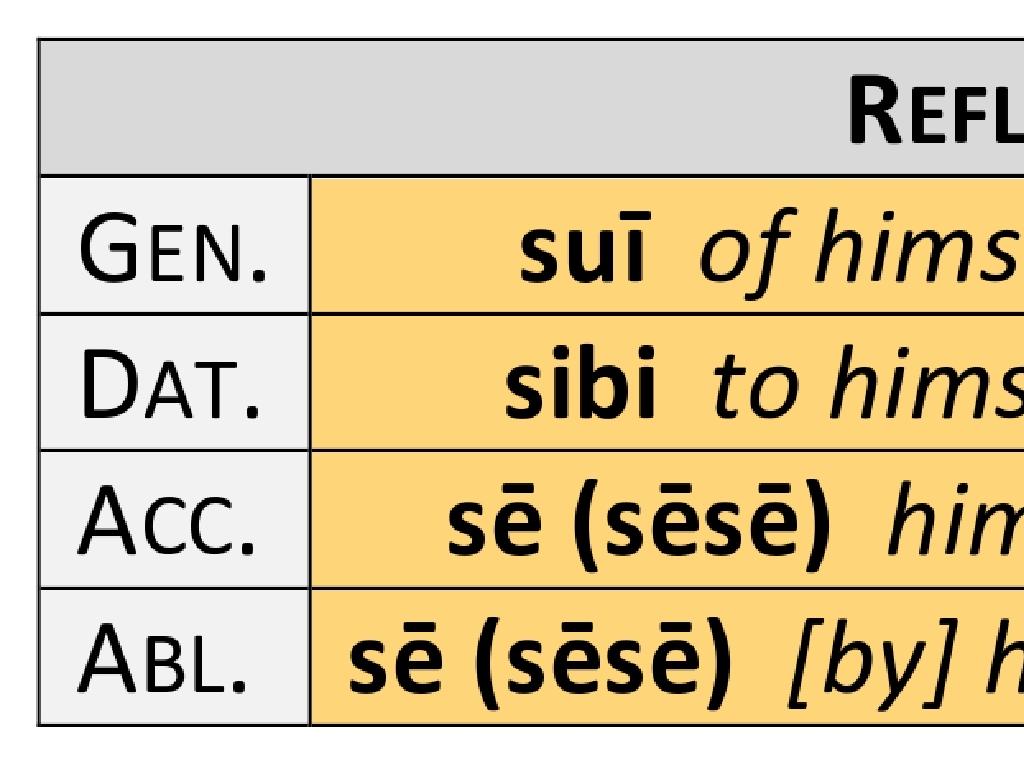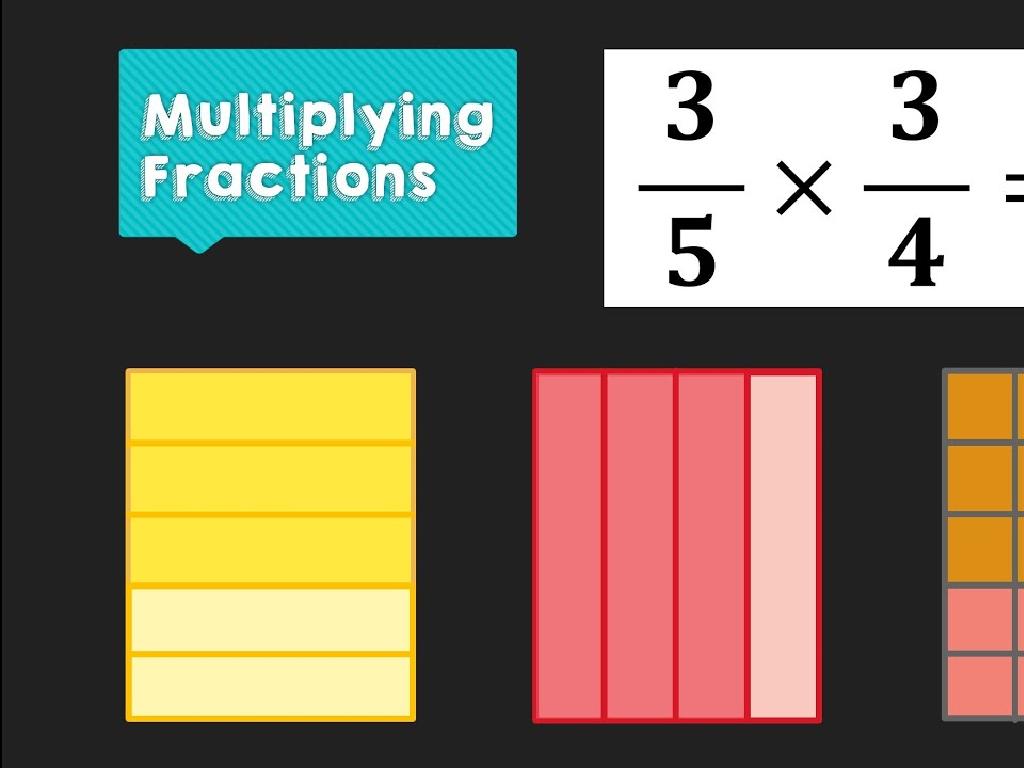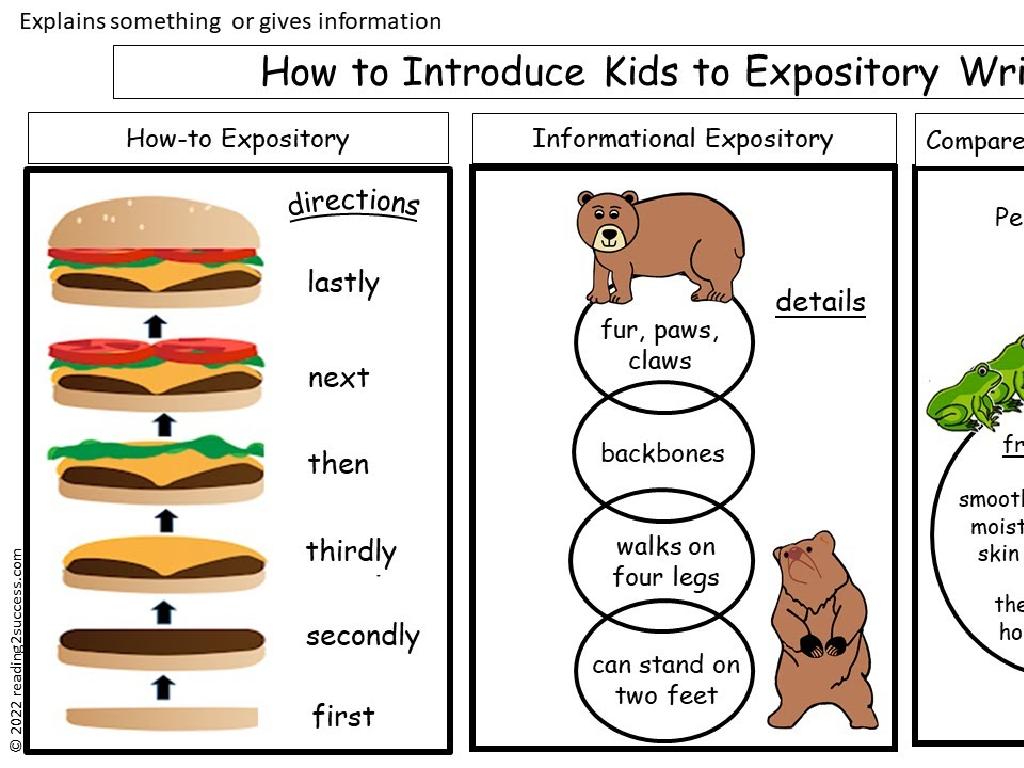Income And Payroll Taxes: Word Problems
Subject: Math
Grade: Fifth grade
Topic: Financial Literacy
Please LOG IN to download the presentation. Access is available to registered users only.
View More Content
Introduction to Financial Literacy: Taxes
– Understanding the role of money
– Money is used to buy goods and services.
– Defining taxes
– Taxes are mandatory payments to the government.
– Exploring the purpose of taxes
– Taxes fund public services and infrastructure.
– Discussing tax contributions
– We contribute to community and country through taxes.
|
This slide introduces students to the concept of financial literacy with a focus on taxes. Begin by discussing the role of money in everyday life, such as buying food or paying for a movie ticket. Then, define taxes as compulsory contributions to state revenue, levied by the government on workers’ income and business profits, or added to the cost of some goods, services, and transactions. Explain that taxes are essential for funding public services like education, healthcare, and transportation, which benefit society as a whole. Emphasize that paying taxes is a responsibility that supports the community and the country. Use examples relevant to fifth graders, such as taxes contributing to their school and local parks. Encourage students to think of questions about taxes for the next class.
Understanding Income
– What is income?
– Money earned from work or investments
– Types of income
– Wages, salaries, and tips; interest and dividends
– Examples of income sources
– Jobs, lemonade stands, bank interest
– Income in word problems
|
This slide introduces the concept of income to fifth-grade students, which is a foundational topic in financial literacy. Begin by defining income as money that individuals receive for their labor or investments. Discuss the different types of income such as wages from a job, tips for services, or interest from savings. Provide relatable examples that students can understand, like earning money from a lemonade stand or receiving interest from a savings account. Emphasize the relevance of understanding income when solving word problems involving financial transactions. Encourage students to think of other income sources they may be familiar with and how these can affect their daily lives and future financial planning.
Understanding Payroll Taxes
– What are payroll taxes?
– Mandatory taxes withheld from a paycheck
– Who is responsible for them?
– Both employees and employers contribute
– Payroll taxes’ role in society
– Fund public services like Social Security
– Class activity: Calculating taxes
|
This slide introduces the concept of payroll taxes to the students, explaining that these are mandatory contributions taken from an employee’s paycheck. It’s important to clarify that both employees and employers have responsibilities in contributing to these taxes. Discuss how payroll taxes are used to fund essential public services, such as Social Security and Medicare, which benefit society at large. For the class activity, provide students with sample paychecks and ask them to calculate the payroll taxes, reinforcing their understanding of percentages and basic arithmetic. Offer several scenarios with different income levels to show how payroll taxes can vary. This hands-on activity will help students grasp the real-world application of math in understanding taxes.
Income Taxes: A Closer Look
– Understanding income taxes
– Taxes are contributions to state revenue, based on earnings.
– Exploring progressive tax brackets
– As income increases, the tax rate progresses to higher brackets.
– Differences: Federal vs. State taxes
– Federal taxes apply nationwide, state taxes vary by location.
– Calculating taxes in word problems
|
This slide introduces students to the concept of income taxes and how they are calculated. Begin by explaining that income taxes are a percentage of money paid to the government based on how much a person earns. Discuss the progressive nature of tax brackets, where higher earnings fall into higher tax brackets, resulting in a higher tax rate. Highlight the difference between federal income taxes, which are the same across the United States, and state income taxes, which can differ depending on the state. Conclude by showing how to apply this knowledge to solve word problems involving the calculation of income taxes, providing a practical application of the concept.
Calculating Income Taxes
– What is taxable income?
– Money earned that can be taxed
– Standard deductions & credits
– Deductions lower taxable income, credits reduce tax
– Steps to calculate taxes
– Identify income, subtract deductions, apply tax rate
– Practice with examples
|
This slide introduces students to the concept of income taxes and how they are calculated. Begin by explaining taxable income as the amount of money earned from various sources like wages or allowances that the government can tax. Then, discuss standard deductions, which are set amounts that reduce taxable income, and tax credits, which directly decrease the amount of tax owed. Walk through the steps of calculating income taxes: identifying total income, subtracting any deductions to find the taxable income, and then applying the tax rate to determine the tax owed. Use simple, relatable examples to illustrate these concepts, such as calculating taxes on a weekly allowance after a standard deduction for chores done. Encourage students to come up with their own word problems and solve them as a class activity.
Solving Payroll Taxes Word Problems
– Understand real-life tax scenarios
– Read word problems carefully
– Look for key details about income and deductions
– Steps to solve payroll tax problems
– Identify gross pay, calculate deductions, find net pay
– Practice with examples
– Use sample problems to apply these steps
|
This slide aims to equip students with the skills to tackle word problems related to payroll taxes, a practical aspect of financial literacy. Start by discussing the relevance of taxes in everyday life, such as how they fund public services. Emphasize the importance of reading word problems thoroughly to extract crucial information like salary amounts and tax rates. Walk through the process of solving a payroll tax problem: identifying gross income, calculating deductions (including federal, state, and local taxes, as well as Social Security and Medicare), and determining the net pay. Provide several practice problems for students to apply these steps, ensuring they understand each part of the process. Encourage students to ask questions and discuss any difficulties they encounter.
Class Activity: Let’s Calculate Taxes!
– Calculate income tax scenarios
– Group activity on payroll taxes
– Work together to solve real-life tax problems.
– Share solutions with the class
– Explain your reasoning and how you got the answer.
– Discuss the different outcomes
– Understand how taxes vary in different situations.
|
This interactive class activity is designed to help students apply their knowledge of income and payroll taxes to practical word problems. Divide the class into small groups and provide each with different scenarios where they will calculate the income tax based on provided information. For the payroll tax activity, give each group a different word problem that involves calculating payroll taxes from a given gross income. After the groups have completed their calculations, have them share their solutions with the class. This will allow students to explain their thought process and reasoning, and to see a variety of tax scenarios and outcomes. Encourage discussion on why taxes may differ between scenarios, such as different income levels or different states with varying tax rates. Provide guidance and support as needed, and ensure that each group understands the steps they took to arrive at their solutions. This activity will not only reinforce their math skills but also their understanding of an important real-life application of those skills.
Wrapping Up: Taxes in Our Lives
– Review of tax fundamentals
– Why taxes matter
Taxes fund public services and are part of financial responsibility.
– Time for your questions
– Apply knowledge to real life
Use word problems to understand how taxes affect daily purchases and income.
|
As we conclude today’s lesson on income and payroll taxes, it’s crucial to recap the key points we’ve covered. Reinforce the concept that understanding taxes is an essential part of financial literacy, which will help students in their future personal and professional lives. Taxes play a significant role in our society by funding public services and infrastructure. Encourage students to ask any lingering questions they might have to clarify their understanding. Finally, emphasize the importance of applying this knowledge to real-life scenarios through word problems, which can help demystify the abstract concept of taxes and make it more relatable.
Homework: Income & Payroll Tax Calculations
– Practice problems on taxes
– Calculate taxes for a scenario
– Use the tax rate to find out how much tax is owed from a salary.
– Note questions for class
– Write down any difficulties you encounter.
– Review and bring to next class
– Double-check your work for accuracy.
|
This homework assignment is designed to reinforce the concepts learned about income and payroll taxes. Students are expected to complete practice problems that involve calculating taxes based on different scenarios. They should use the tax rates provided in class to determine the amount of tax owed on a given salary. Encourage students to write down any questions or challenges they face while working through the problems so these can be addressed in the next class. Remind them to review their calculations to ensure accuracy. This exercise will help solidify their understanding of how taxes are computed and the importance of accuracy in financial literacy.






